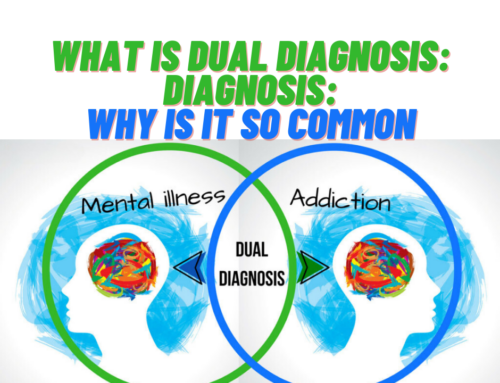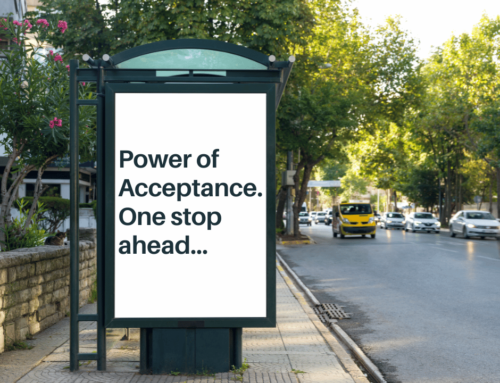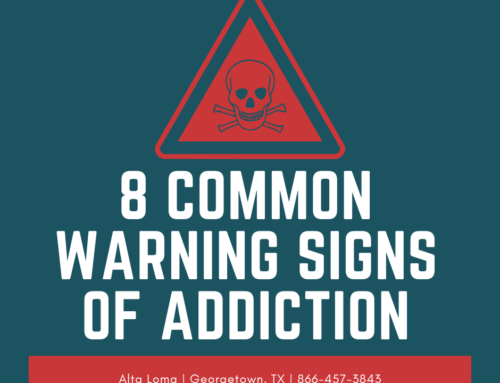The dominant model of addiction right now is that addiction is a chronic, progressive disease, meaning you will always have it and, unless you get treatment, it will continue to get worse. This puts addiction in the company of conditions like asthma, high blood pressure, and diabetes and, according to the National Institute on Drug abuse, people comply with treatment for addiction at a similar rate to other chronic conditions. The idea that addiction is a chronic disease was first popularized by AA. Even if a member hasn’t touched alcohol for 20 years, she still introduces herself as an alcoholic. Is it really true that you are never cured of addiction?
The answer is generally yes but the picture is complicated. There are many factors that contribute to addiction. Genes play a major role. If you have a parent or a sibling with a substance use disorder, you are at much higher risk of developing one yourself. We’ve identified several genes that appear to influence addiction risk. For example, there is a certain allele of a dopamine receptor gene that is more common in people addicted to alcohol or cocaine. If you have a gene that makes substance use extremely enjoyable, it may be impossible to moderate your use.
Since addiction is progressive, the possibility of being “cured” depends to some extent on how long your substance use continues. For example, many people have unhealthy alcohol use habits at some point in their lives–most often when they’re young–but they eventually learn to moderate their drinking. However, addiction actually changes the way your brain works. Your brain’s reward centers become especially attuned whatever you’re addicted to. Making matters worse, your prefrontal cortex, which is responsible for self-control, foresight, and emotional regulation, among other things, can exert less influence over your behavior. Addiction becomes a deeply ingrained pattern of behavior that is easy to reactivate, even after years of being dormant.
The good news is that the longer you stay sober, the easier it gets. One study of more than 1,200 people found that about two thirds maintained abstinence for less than a year. After a year, the relapse rate dropped to less than half. After five years, the relapse rate dropped to less than 15 percent. That’s a pretty significant change–from about 66 percent in the first year to less than 15 percent in the sixth year. This should certainly encourage anyone who has had to struggle to stay sober early on because it will almost certainly get easier. However, the risk of relapse never really goes away. People do relapse after 10 or 20 years. Once you develop a substance use disorder, you have to remain vigilant and stick to your recovery plan, just as you would for any chronic condition.
At Alta Lama Transformational Services, you will meet knowledgeable, compassionate professionals that understand addiction in all its forms. Alta Lama uses an integrative and holistic approach to treat addiction and mental health issues. No treatment is one-size-fits-all, where you will have a team of experts prepared to create your customized treatment plan. We offer care for your mind, body, and spirit, so that you can heal from the inside out and look forward to a lifetime of sobriety and wellness. If you are ready to take the first step in your recovery, please call us at 866-457-3843.



